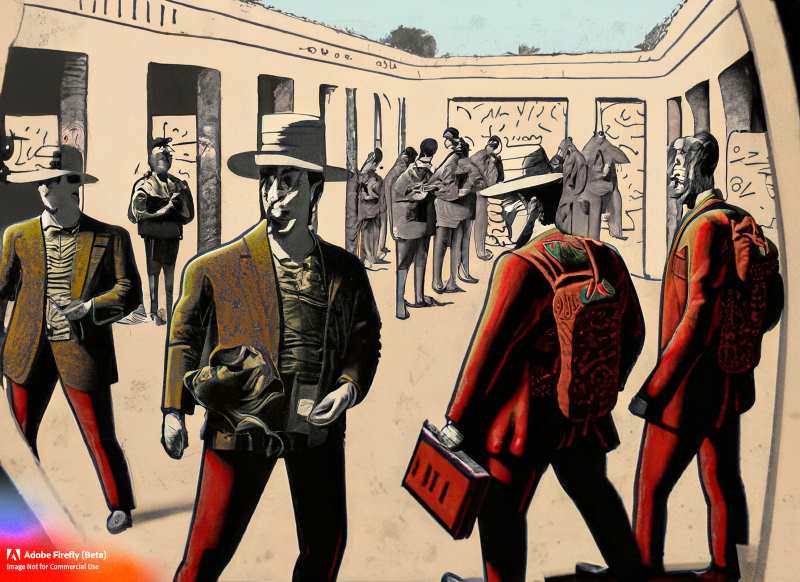The Anti-Communist Movement in Mexican Universities: The Clash between Tecos and UAG
This article explores the anti-communist movement that developed in Jalisco, Mexico during the Cold War. It focuses on the clash between Tecos, a group of former Catholic students with extremist sympathies, and the UdeG, where liberal and leftist ideas circulated.





